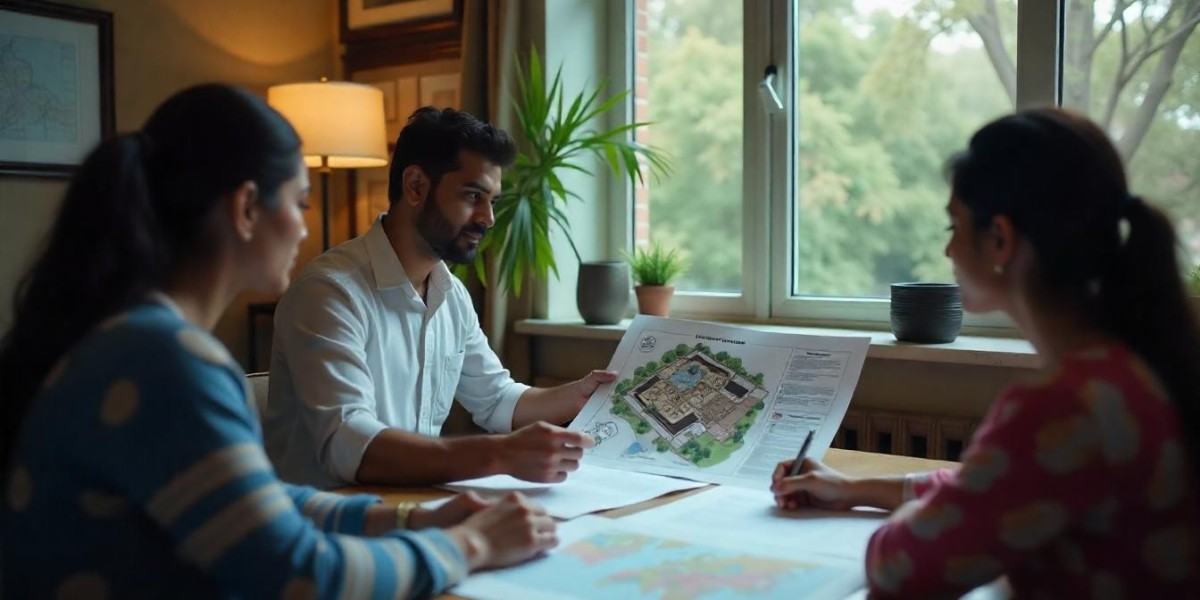Delhi, with its rich history and diverse cultural tapestry, is a city where the past beautifully intertwines with the present. The charm of heritage in Delhi homes is not just a nod to the architectural marvels of bygone eras; it reflects the stories, traditions, and lifestyles that have shaped the city over centuries. From intricately designed havelis to colonial bungalows, Delhi’s heritage homes offer a glimpse into the elegance of a different time while remaining integral to modern living.
1. Architectural Diversity
One of the most captivating aspects of heritage homes in Delhi is their architectural diversity. The city boasts a mix of Mughal, Indo-Saracenic, and colonial influences.
- Mughal Influence: Homes adorned with arched doorways, intricate jali work, and courtyards echo the grandeur of Mughal architecture, reminiscent of the era's opulence.
- Colonial Bungalows: The colonial period introduced spacious bungalows with high ceilings, large verandas, and expansive gardens, reflecting the British style while integrating Indian elements.
- Traditional Havelis: Often found in Old Delhi, these homes feature ornate facades, intricate carvings, and elaborate balconies, showcasing the artistry of local craftsmen.
2. Cultural Significance
Heritage homes in Delhi are not just structures; they are vessels of culture and history. Many of these homes have been in families for generations, preserving traditions, rituals, and narratives that connect residents to their roots.
- Festivals and Traditions: These homes often serve as gathering places during festivals, where families come together to celebrate with traditional customs, showcasing the vibrancy of Delhi’s culture.
- Art and Craftsmanship: The interiors of these homes frequently display exquisite traditional art forms, such as hand-painted murals, frescoes, and intricate woodwork, representing the rich craftsmanship of the region.
3. Modern Adaptations
While heritage homes preserve their historical charm, many have been lovingly restored and adapted to meet contemporary needs.
- Sustainable Living: Many owners are embracing sustainable practices by incorporating modern amenities while retaining the original architectural elements. This blend of old and new creates unique living spaces that are both functional and aesthetically pleasing.
- Cafés and Boutiques: Some heritage homes have been transformed into boutique hotels, cafés, and artisanal shops, inviting visitors to experience the charm of the past in a modern context.
4. Emotional Resonance
There’s an undeniable emotional resonance that comes with living in or visiting a heritage home. Each corner tells a story, from the creaking floorboards to the antique furniture.
- Nostalgia and Connection: For many, heritage homes evoke a sense of nostalgia and connection to family history, making them treasured spaces filled with memories.
- Community and Belonging: In neighborhoods rich with heritage homes, residents often share a sense of community, with local events and gatherings fostering connections among neighbors.
5. Preservation Efforts
As urbanization continues to reshape Delhi, efforts to preserve heritage homes are crucial.
- Government Initiatives: Various organizations and government bodies are working to protect these architectural treasures, implementing regulations to ensure their maintenance and conservation.
- Community Involvement: Local communities are increasingly involved in preservation efforts, organizing workshops, awareness campaigns, and heritage walks to educate others about the importance of safeguarding Delhi’s architectural heritage.
More Info: https://delhihomess.com/









